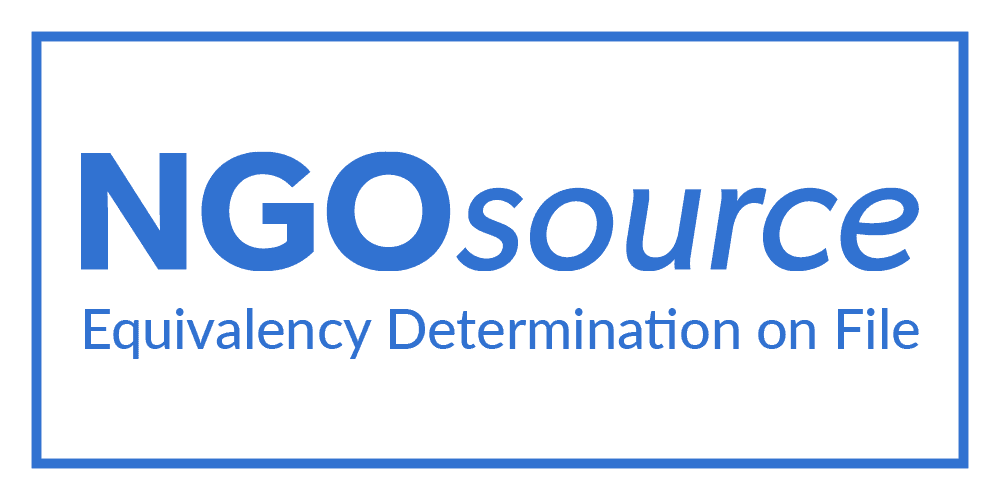Staying healthy
Staying healthy
21 February, 2020 •The need for complementary private health insurance offerings in sub-Saharan Africa
For many Africans, the ability to withstand and recover from health-related shocks remains fundamental to ensuring financial resilience. According to the latest FinScope Surveys across 11 sub-Saharan African (SSA) countries [1], approximately a third of individuals who faced a risk in the past year experienced a shock relating to sickness, health problems and accident or injury, which makes it the most prevalent risk event. These shocks are also more damaging than just the event or illness. In Kenya, more than 20% of those who experienced a risk event in the past year identified health-related shocks as the costliest and most financially detrimental to their future welfare. This suggests that for thousands of Kenyans, and millions more across SSA, there is a clear use case for meaningful coping mechanisms against health shocks.
National health cannot meet all needs
The right to universal affordable healthcare is an economic development pillar for many SSA economies. National health insurance (NHI) schemes, as a result, often play a critical and dominant role in providing equitable health insurance coverage for individuals. Yet, NHI schemes struggle to reach and provide for all health-related expenses of entire populations (Oduor & Kajilwa, 2019). According to the 2018 Kenya FinAccess Survey, only 5% of Kenyan adults [2] reported claiming insurance as the main way to deal with the financial implications of a health shock. Furthermore, while the Kenyan National Hospital Insurance Fund may pay for the largest component of individuals’ healthcare costs [3], out-of-pocket expenses represent the second-largest source of health financing in Kenya, at nearly 30% of total health expenditure [4]. Even in a country like Ghana, where the NHI Fund covers costs related to 95% of disease conditions and pharmaceutical goods and services, households still face substantial out-of-pocket expenses.
Complementary private sector offerings
The significant funding gap for health and related expenses presents a clear opportunity for financial service providers to offer complementary financial services. In doing so, they can carve out a space for themselves even in markets where private provision is typically regarded as by national health.
We see three clear opportunities:
- Gap or top-up cover: Gap cover is a short-term insurance product designed to provide extra protection for those who already have medical aid. In cases where NHI or medical aid is defined to only cover a finite number of procedures, appointments, tests and other expenses, gap cover can be essential to providing for the excess payment that consumers typically pay.
- Incidental cost cover: This refers to insurance that provides for extraneous costs, or costs that are typically considered transactional or opportunity costs borne by the consumer. These can include travel expenses to health facilities or lost payment due to appointment cancellation. Hospital cash plans are an example of this type of cover. These are plans that, in partnership with an insurer, offer cash pay-outs to patients upon hospitalisation that they can use towards any expenses, whether medical-related or no t[5]. Britam’s cashless hospitalisation insurance plan, Kinga ya Mkulima ( for “farmer protection”), is a successful example of this. By 2014, it had already offered protection to more than 600,000 Kenyan smallholder farmers through the Kenya Tea Development Agency.
- Value-added services (VAS): The fact that nearly 50% of the adult population in SSA possessed a mobile subscription in 2018 [6] means that digital devices and channels are now making it feasible for insurers to offer VAS that are useful and complementary to existing consumer health cover. More and more players are tapping into digital channels to capture this opportunity for VAS [7]: In 2016, Kenya’s Safaricom released M-Tiba, a mobile-based health savings product that aims to connect users to health savings schemes that support health insurance premiums at a low cost. Babylon and Hello Doctor in South Africa offer a telemedicine service for medical and health-insurance‑related queries. A number of insurtechs have also begun to realise this opportunity: Reliance HMO in Nigeria uses telemedicine to facilitate consultations with doctors regarding prescriptions for simple over-the-counter medication.
Seeing these examples makes us bullish about the potential for the insurance market to play a bigger role in building health resilience in SSA. Health is the single largest insurable risk Africans face, and this is unlikely to change. Although the focus in countries with NHI is often on public health cover provision, it is crucial to recognise and leverage the role that the private sector can play to offer complementary solutions and innovations – without having to compete with NHI.
We’ll continue to be on the lookout for innovators in the complementary space, as we believe they have the scope to help enhance the resilience and welfare of millions of individuals across Africa. To see who are some of the players that are already taking advantage of this opportunity, go to our online insurtech tracker and our latest report on emerging insurtech trends in 2019.
[1] DRC (2014), Ghana (2010), Kenya (2016), Madagascar (2016), Nigeria (2018), Rwanda (2016), South Africa (2016), Tanzania (2017), Uganda (2018), Zambia (2015) and Zimbabwe (2014)
[2] Of those individuals who had experienced major sickness/health problem/accident injury in 2018
[3] Kenya National Health Insurance Fund accounted for 26% of the 28% formal insurance penetration in Kenya according to the 2018 Kenya FinAccess Survey
[4] Latest estimates show that in 2015/16, household out-of-pocket expenditure amounted to 26% of total health expenditure, closely following Government and compulsory health schemes at 30%.
[5] Such as using funds to supplement income lost during medical recovery for example.
[6] By the end of 2018, there were 456 million unique mobile subscribers in Sub-Saharan Africa – an increase of 20 million over the previous year and representing a subscriber penetration rate of 44%.
[7] Value added services refer to benefits ancillary to medical or health cover, such as lifestyle benefits or access to broader financial services.
